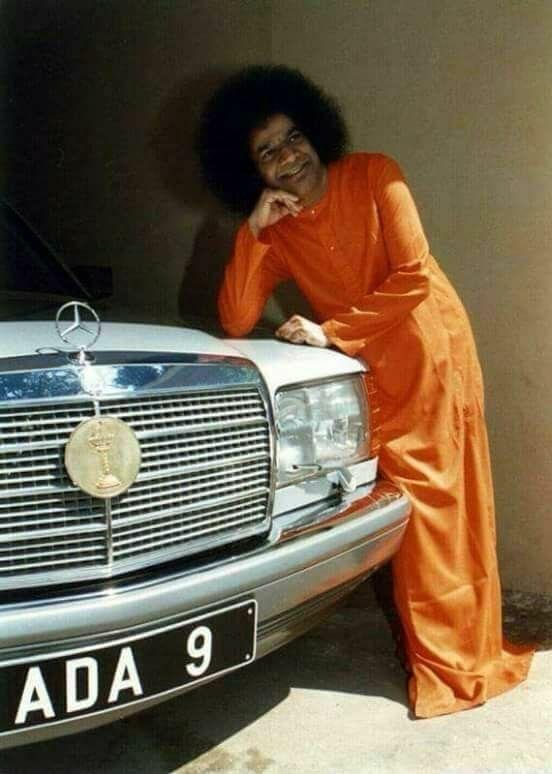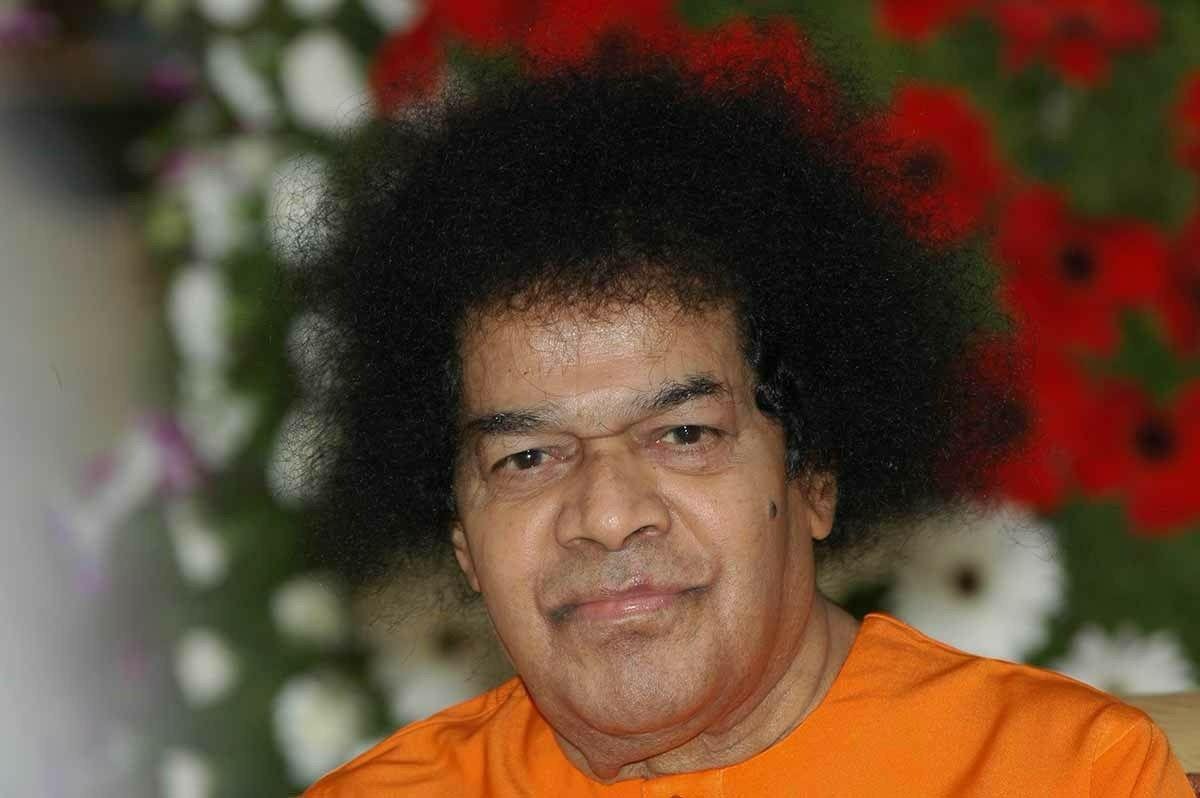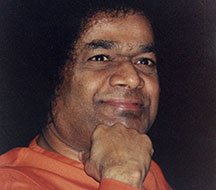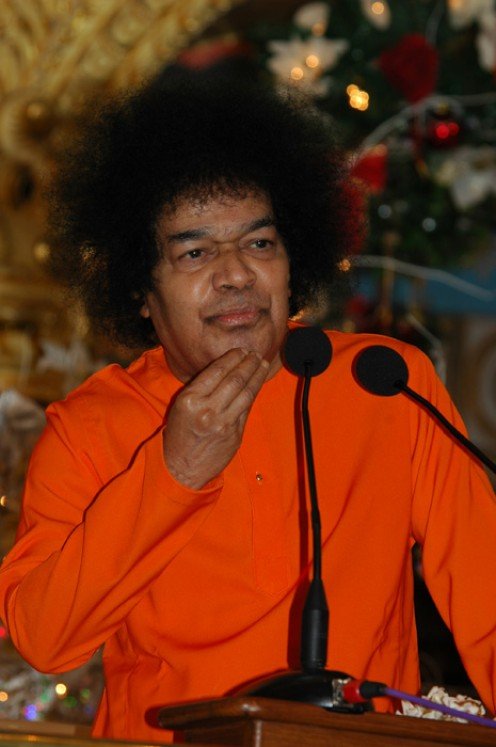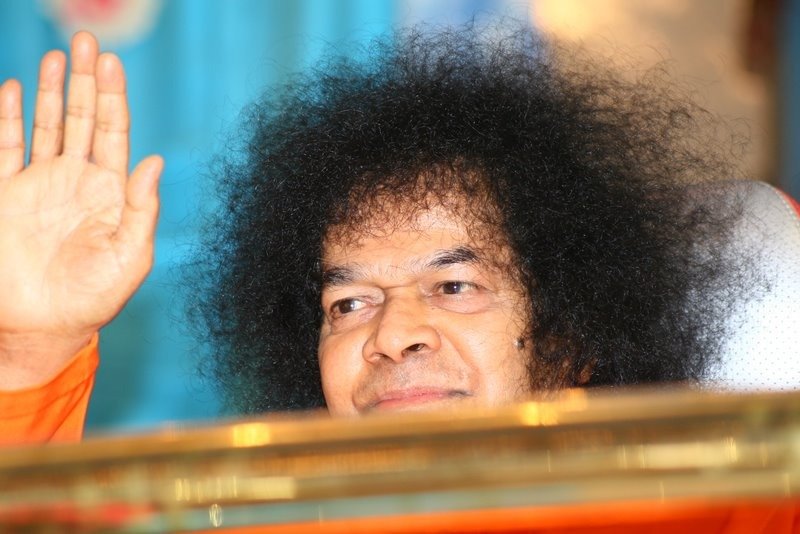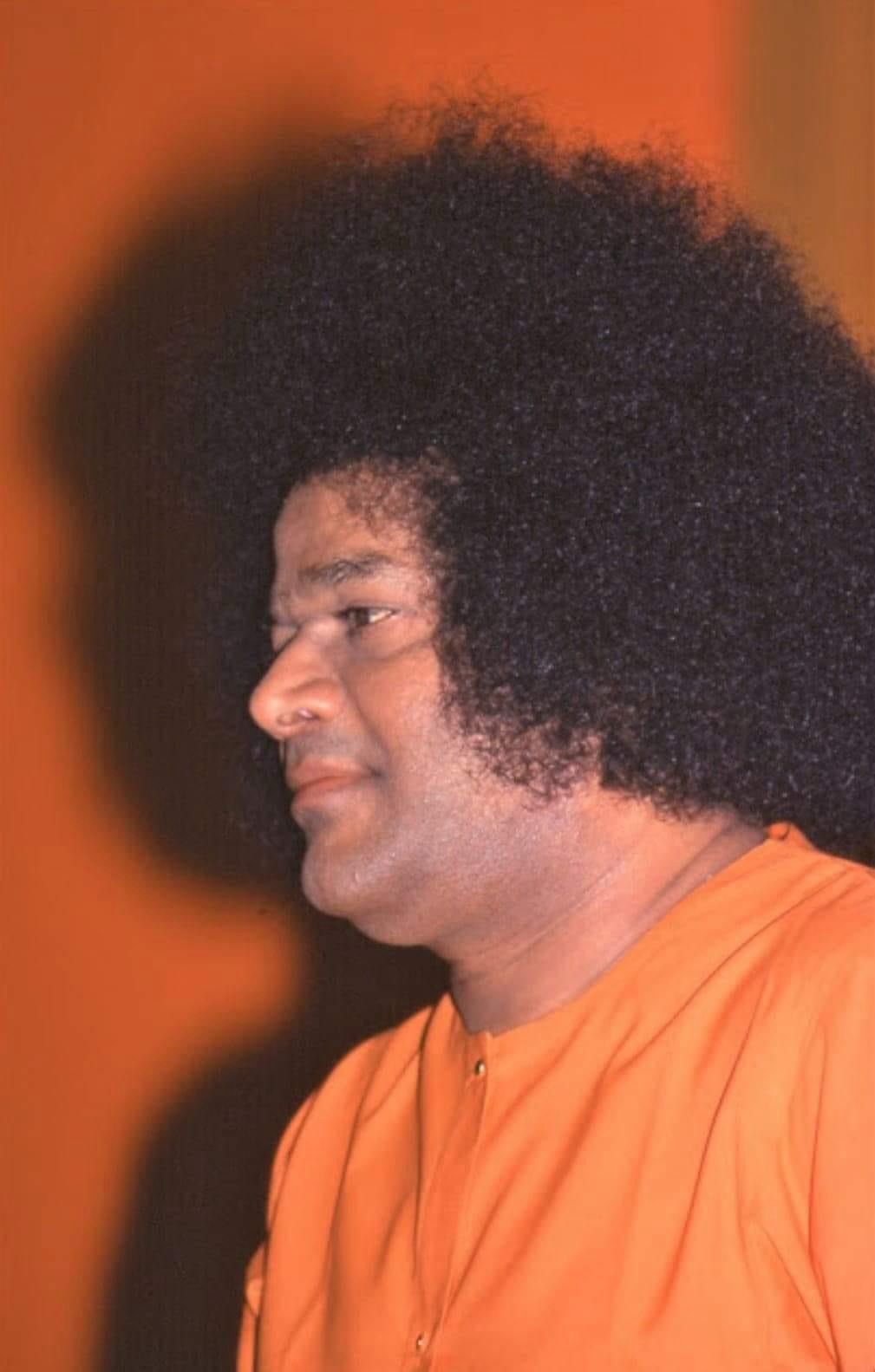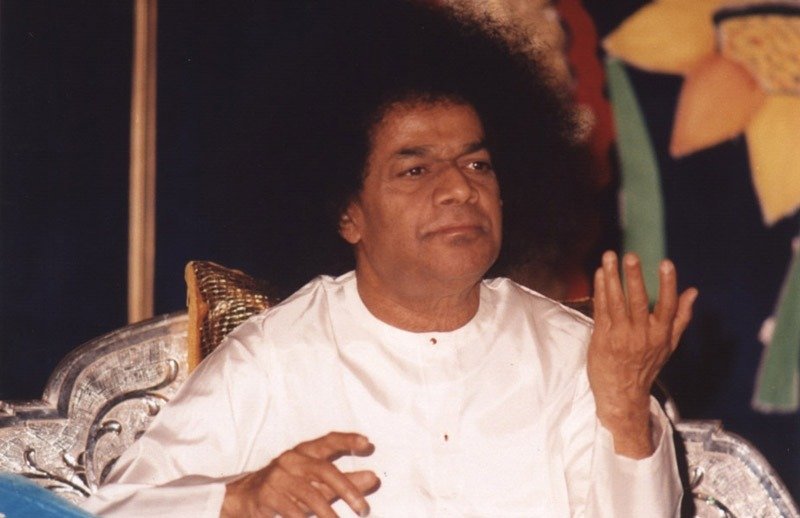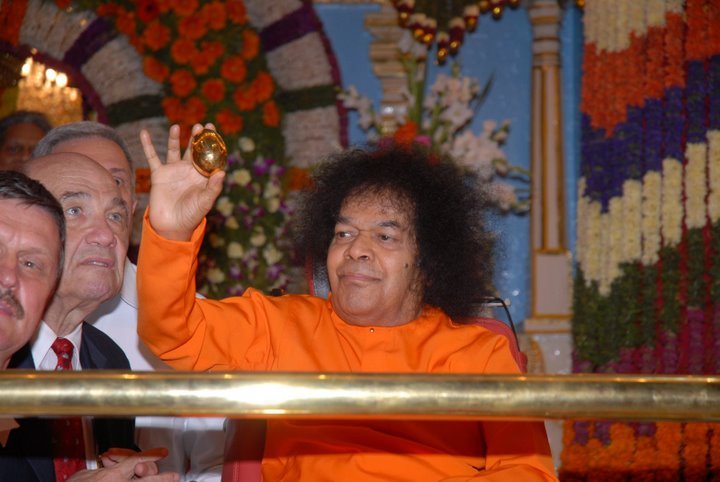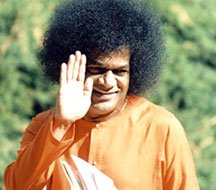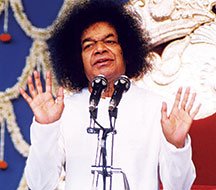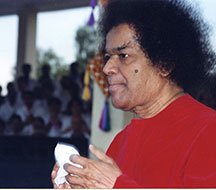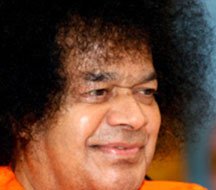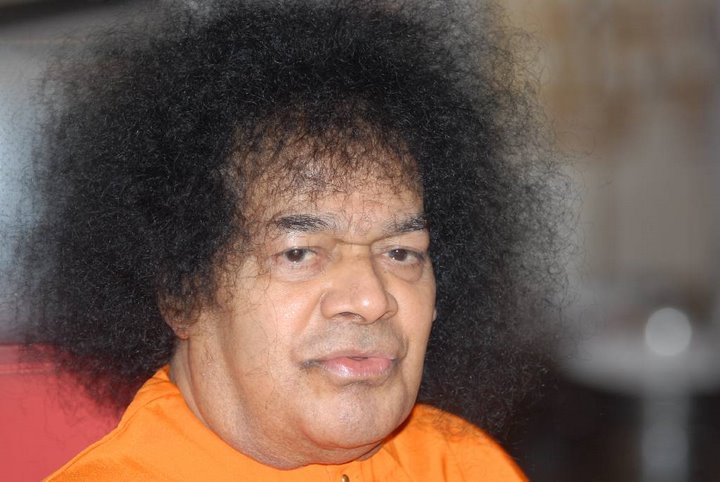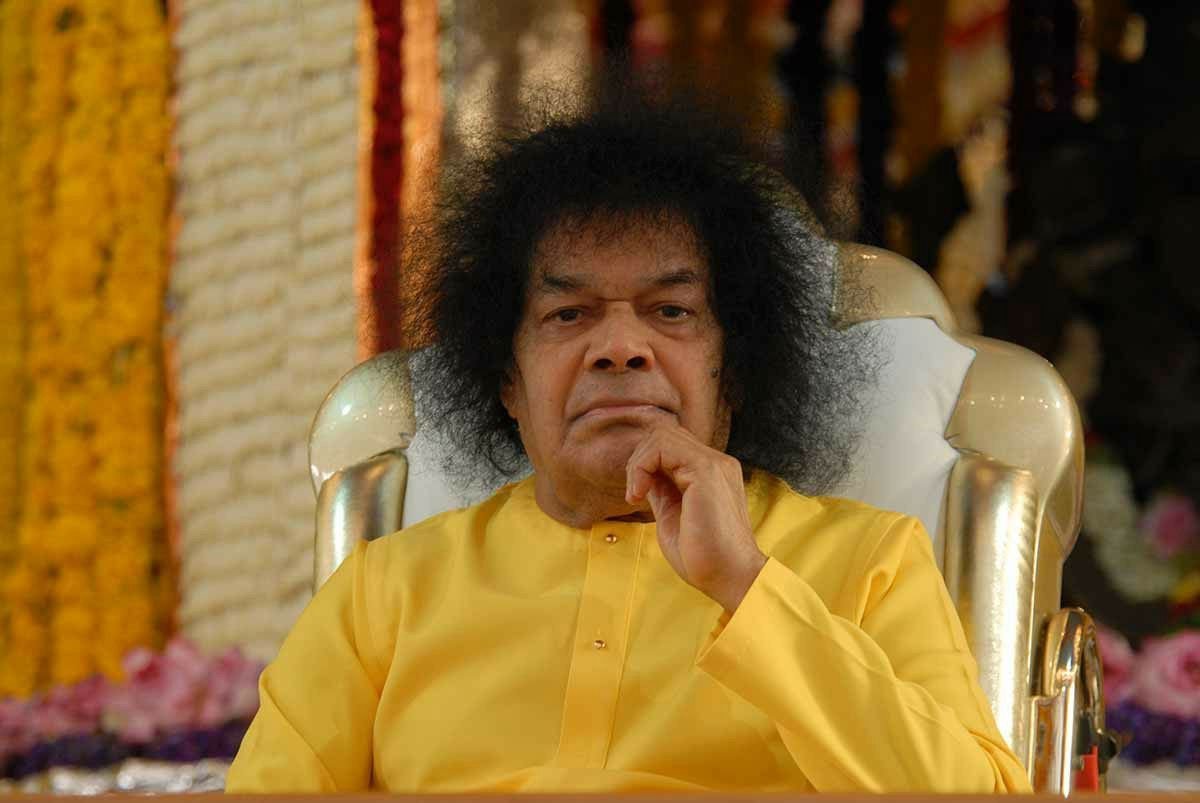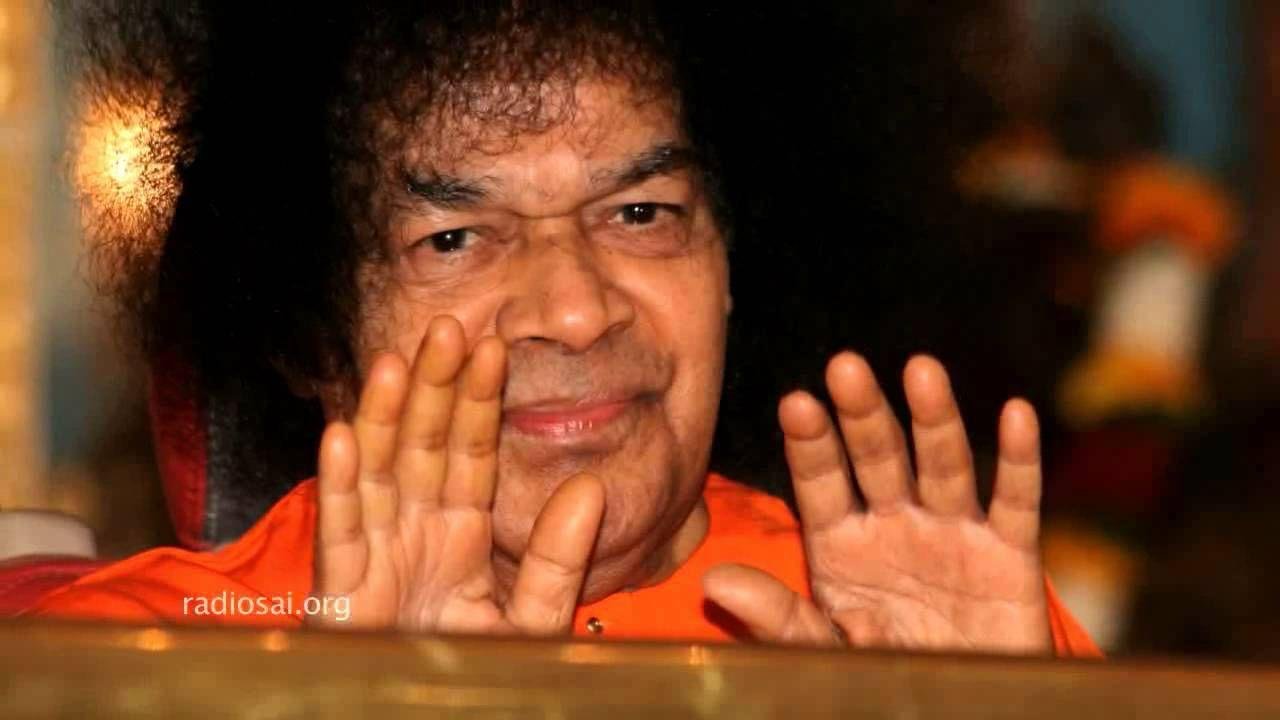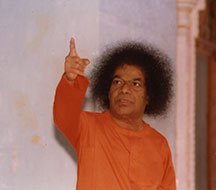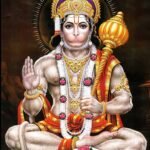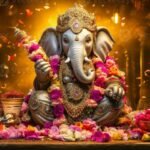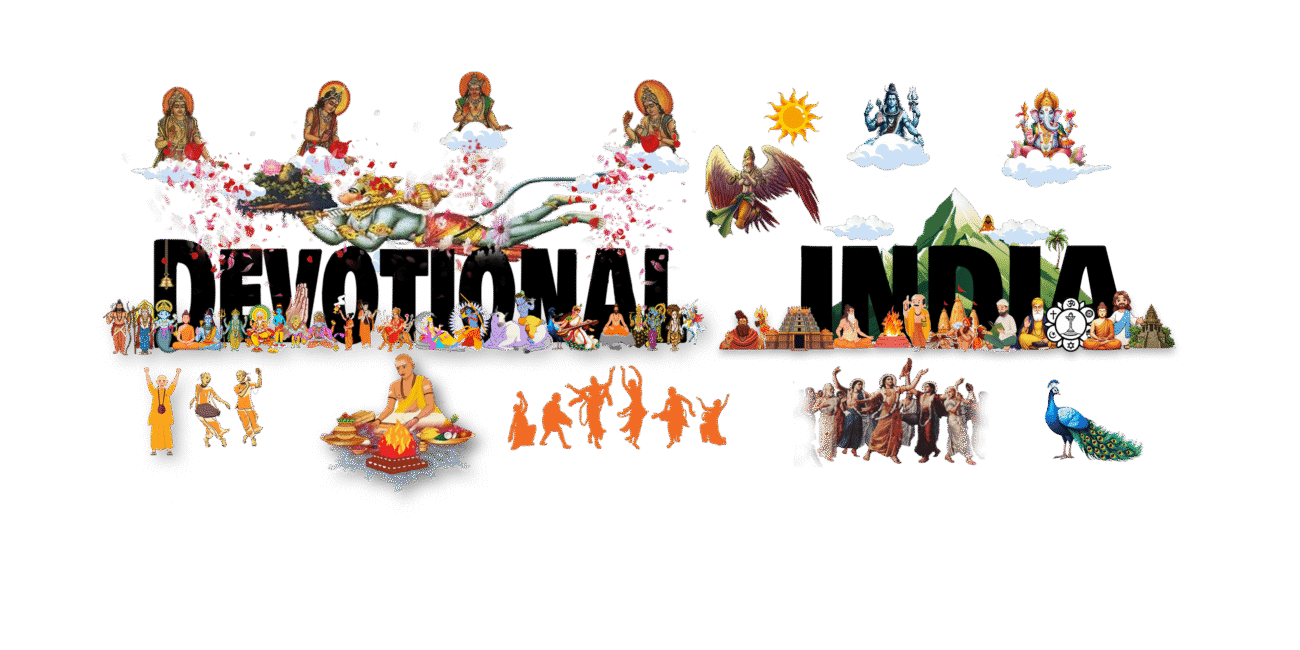Sage Ashtavakra

Sri Ashtavakra is a revered Vedic sage in Hinduism. His name literally means “eight bends”, reflecting the eight physical handicaps he was born with.
As per historians, the period of Sri Astavakra lived over 7000 years ago. However, as per Vedic calculations, it may be over one to two lakhs years ago. Guru Ashtavakra, a self-realized saint of Advaita philosophy, held dialogue with the disciple King Janaka of Mithila Kingdom on self-realization or enlightenment. Ashtavakra Gita (298 Sutras, 20 chapters) or song of Sri Ashtavakra is the detailed account of this dialogue.
Ashtavakra is described as one born with deformities in eight limbs of the body (two feet, two knees, two hands, the chest and the head).
In Sanskrit, Ashtavakra means “one having eight bends”. Ashta (IAST Aṣṭa) means eight, while Vakra means bend or deformity. Ashtavakra is the author of the work Ashtavakra Gita, also known as Ashtavakra Samhita, a treatise on the instruction by Ashtavakra to Janaka about the Self.
Ashtavakra is the Guru of the king Janaka and the sage Yajnavalkya. He was 12 years old when he taught this to Rajarshi Janaka. Ashtavakra Gita presents the traditional teachings of Advaita Vedanta. The work was known, appreciated and quoted by Ramakrishna and his disciple Vivekananda, as well as by other well known gurus. Radhakrishnan refers to it with great respect. In Ramayana Ashtavakra is first referenced in a single verse of Yuddha Kanda in Valmiki’s Ramayana. When Dasaratha comes to see Rama from heaven after the war of the Ramayana, he tells Rama, “O son! I have been conveyed across (redeemed) by you, who are a deserving son and a great being; like the virtuous Brahmin Kahola [was redeemed] by [his son] Ashtavakra”.

In Mahabharata,In the Vana Parva of the Mahabharata, the legend of Ashtavakra is described in greater detail. On losing the game of dice with the Kauravas, the fivePandava princes and Draupadi are exiled for twelve years. On their pilgrimage, they meet the sage Lomasha, who shows the river Samanga to Yudhishthira. Lomasha says that this is the same river, on bathing in which the deformed Ashtavakra was cured of his eight deformities. On being asked by Yudhishthira, Lomasha narrates to the Pandava princes the legend of Ashtavakra, which forms three chapters of the Mahabharata.
It all starts when King Janaka asks the sage Ashtavakra how he can attain Knowledge, detachment, liberation. Ashtavakra tells him. Ashtavakra expounds to King Janaka the characteristic of the self and instructs him on the knowledge of the self that is natural and ever-existent.

It works! Upon hearing Ashtavakra’s words Janaka realizes his True Nature.
Enraptured, he describes the joy and wonder of his new state. An amazed Janaka relates the joy of his own experiences on realizing the subtleties of the principles explained.
Ashtavakra is delighted for Janaka but sees inconsistencies. He fires off a series of confrontational verses about attachment to worldly pleasure. Ashtavakra deprecates the attachments within and without and enunciates the status of the realized.
Janaka asserts that the Lord of the Universe can do as he pleases. Janaka dwells at length on the glory of jnana – the state of self-realization.
Ashtavakra does not disagree, but in a terse four verses points to the next step dissolution. Ashtavakra instructs Janaka that the world and its objects and the experiences in the world are all imagines and unreal and exhorts him therefore to gain equanimity of perception and get dissolved in the self.
Janaka says “I know that already,” matching him in style and number of verses. Janaka replies that the self being the substratum of the circumscribed world of insentience, the question of rejecting it or accepting it or making it naught doesn’t arise.
Unable to leave it at that, however, Janaka goes on to further describe his enlightened state. Janaka says that the knower of the self is one who is firmly poised in the expansive or limitless experience and sees only one and therefore the world appearances create no impact either favorable or unfavorable in him; nor do they generate attraction or repulsion towards them.
Advait Philosophy:
1. Astavakra preach about spiritual experience or enlightenment as under:
a. People reside in body, mind, buddhi and ego where he feels about pleasure-pain. Anger, greed, attachment, lust etc. arise from them.
b. Away from body, mind, buddhi and ego, is pure consciousness (Jivatma, soul). Jivatma is non-doer, non-enjoyer, not bound but only witness. Experience of Jivatma is moksha. All individual jivatma combined together are Brahman.
c. Sri Ashtavakra claims that spiritual experience or enlightenment or wisdom (आत्मज्ञान) can be instantaneous. However, it has three requisites viz. one should be seeker, one should be is worthy for it and presence of enlightened teacher (सद्गुरु).
d. To be worthy, one should be free from ego, absolute surrender, free from sentiments (feelings, attitudes) of body & mind, emptiness from knowledge of scriptures and make himself free from external benefits.
- Shankaracharya (788 – 820 AD) made commentaries on various scriptures of Hinduism including several Upanishads. He wrote on philosophy of Advait Vedant i.e. non dualism. As per the philosophy, this world is an illusion (maya); only Brahman (Parabrahman) is ultimate reality and jiva is not different from Brahman.
- In 15th century, saint Kabir explained the advait philosophy in his poetry of “Moko Kahaan Dhunde Re Bande”. The lyrics & Translation are as under:
मोको कहाँ ढूंढे रे बन्दे | मै तो तेरे पास में | ना तीरथ में ना मूरत में |ना एकांत निवास में | ना मंदिर में ना मस्जिद में | ना काबे कैलास में | ना में जप में ना में तप में | ना में बरत उपास में | ना में क्रिया करम में रहता |नहिं जोग संन्यास में | ना ब्रह्माण्ड आकाश में | ना में प्रकृति प्रवार गुफा में | नहिं स्वांसो की स्वांस में | खोजि होए तुरत मिल जाऊं | इक पल की तालास में |कहत कबीर सुनो भई साधो |मै तो हूँ विश्वास में |

Where do you search me? I am with you, Not in pilgrimage, nor in icons; Neither in solitary living; Not in temples, nor in mosques; Neither in Kaba nor in Kailas; Not in prayers, nor in meditation; Neither in fasting or prohibition; Not in vedic procedure; Nor in yogic postures; Not even in sky or universe; Neither in womb of nature; Not in the breath of the breaths; If you are a true seeker; In a moment than you discover; Says Kabir, listen with care, where your faith is, I am there.
Ashtavakra’s profound understanding of the scriptures and philosophical concepts enabled
him to defeat Bandin decisively. His victory led to the release of the sages, including his father,
who had been defeated and imprisoned by Bandin. This triumph underscored Ashtavakra’s
spiritual and intellectual prowess, earning him great respect and admiration.

THE TEACHINGS OF ASHTAVAKRA
Following his victory, Ashtavakra became a revered figure in King Janaka’s court. Janaka,
himself a seeker of spiritual truth, sought guidance from Ashtavakra on various aspects of
spiritual enlightenment, leading to the discourse encapsulated in the Ashtavakra Gita.

